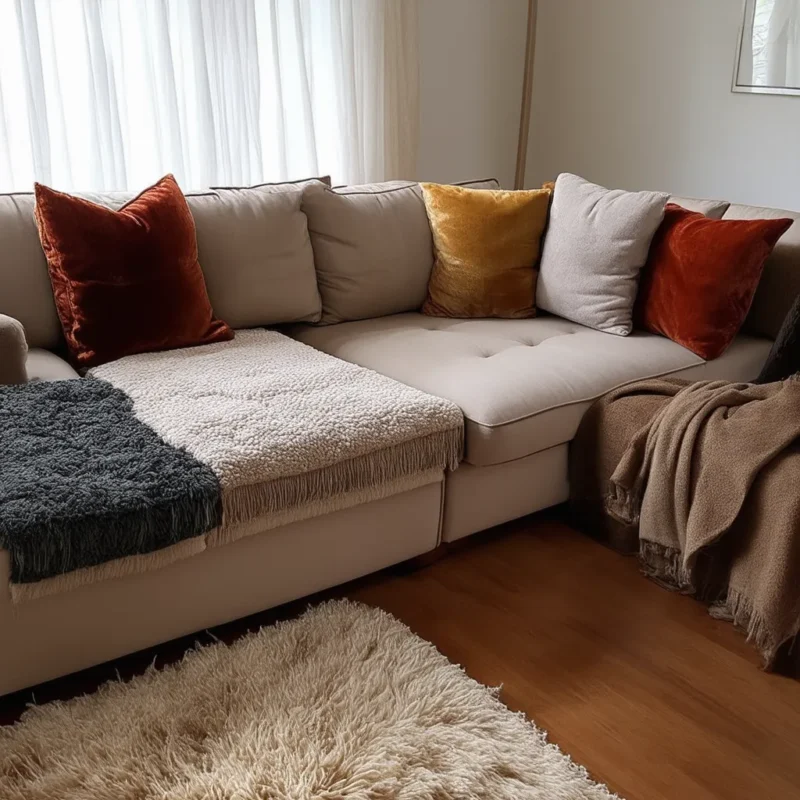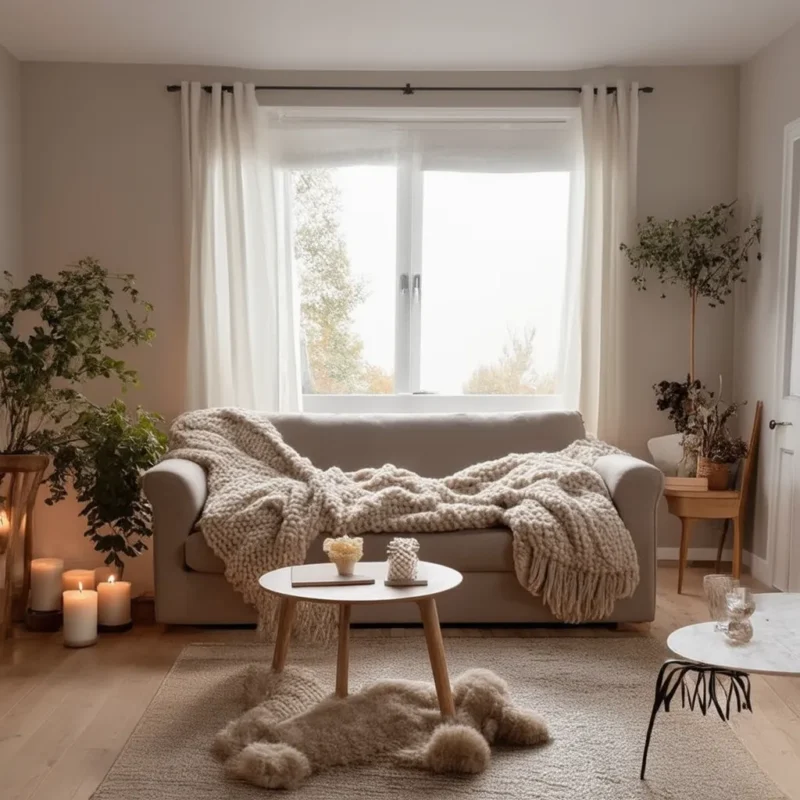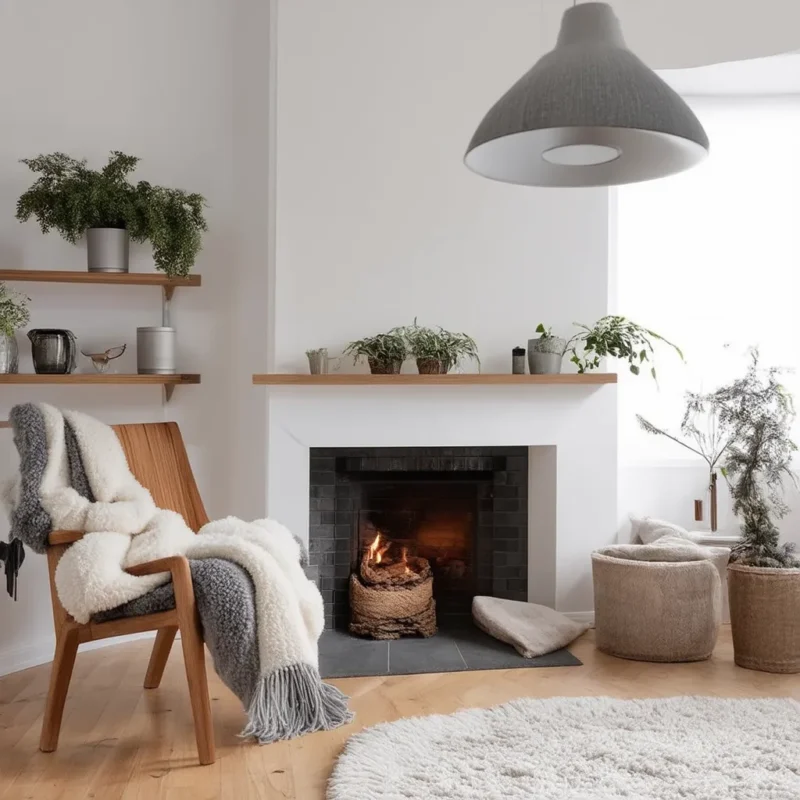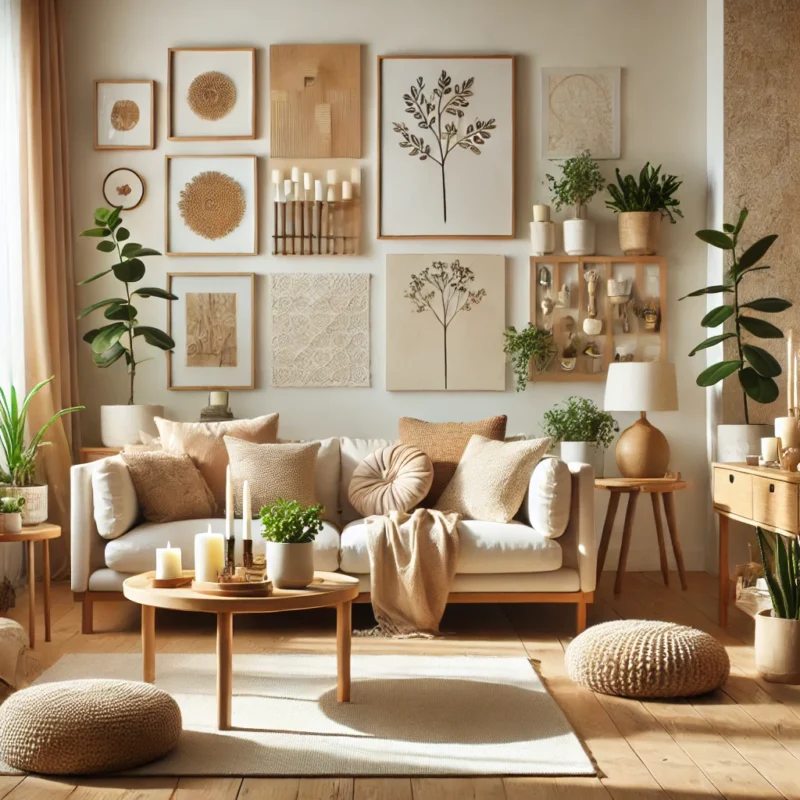Creativity and DIY, Gifts and Celebrations, Home Comfort and Decor
How to Make Your Living Room Cozy: Essential Tips for Warm and Inviting Spaces
Your living room is the heart of your home, the space where you relax, entertain guests, and spend quality time with loved ones. Creating a cozy and inviting atmosphere is not just about aesthetics—it’s about fostering comfort and warmth. Whether you’re designing a new space or revamping an existing one, these tips will help you achieve a perfect balance of style and comfort.
The History of Cozy Interiors: A Timeless Tradition
The concept of a “cozy” living space has deep roots in history. From Scandinavian “hygge” to rustic European cottages, comfort has always been a priority in interior design. In the mid-20th century, modern design principles started to prioritize minimalism, but today, a fusion of modern and cozy styles is thriving. Modern cozy living rooms emphasize functionality without sacrificing warmth, bringing natural elements indoors while maintaining a clutter-free environment.
Key Elements of a Cozy Living Room
Natural Materials
Incorporating natural materials is a cornerstone of cozy design. Furniture made of wood, stone, or wicker adds a touch of organic beauty. Wooden beams, oak tables, or rattan chairs can make your space feel grounded and connected to nature. Modern living rooms often feature a mix of natural textures, giving a layered feel to the decor.
Soft Furnishings
Pillows, blankets, and rugs create layers of comfort. Soft furnishings in neutral tones can enhance the natural aesthetic of the room while adding warmth. A strategically placed wool rug or knitted throw can soften the look of harder surfaces and provide physical comfort during cold seasons.


Lighting and Ambiance
Lighting can make or break the cozy feel of a room. Warm, soft lighting—whether through floor lamps, pendant lights, or candles—helps to create a serene atmosphere. Candles are particularly effective in making a space feel intimate and inviting, perfect for evenings with family or friends.
Plants and Greenery
Bringing nature inside through houseplants not only adds a pop of color but also freshens the air. From small potted plants to larger indoor trees, greenery provides an organic touch that enhances the cozy factor. It’s also a great way to balance minimalist design by adding life to otherwise simple spaces.
Real-Life Example: Scandinavian Hygge
One of the best real-life examples of cozy living room design is the Scandinavian concept of hygge. Characterized by soft textures, neutral palettes, and functional yet beautiful decor, hygge emphasizes simplicity and comfort. Homes designed with hygge principles often feature plush cushions, low lighting, and a connection to the natural world.


Challenges and Opportunities in Cozy Living Room Design
One of the challenges in creating a cozy living room is striking the right balance between minimalism and warmth. Too many decorations can clutter the space, while too few can make it feel cold and impersonal. However, the opportunity lies in mixing styles—minimalist furniture with cozy, soft accents—to create a personalized, comfortable living space.
Future Trends in Cozy Living Room Design
As sustainability becomes a more significant concern, future trends in cozy living rooms are expected to focus on eco-friendly materials and practices. Expect to see more recycled furniture, sustainable fabrics, and energy-efficient lighting. Additionally, smart home technology is being integrated into cozy living spaces, allowing for adjustable lighting and temperature to optimize comfort.
Creating a cozy living room is about more than just design; it’s about making a space that feels warm, welcoming, and uniquely yours. Whether you’re inspired by the history of cozy interiors or modern trends, remember to prioritize comfort and simplicity. The best cozy living rooms blend functionality with warmth, creating a space where you can unwind and truly feel at home.
